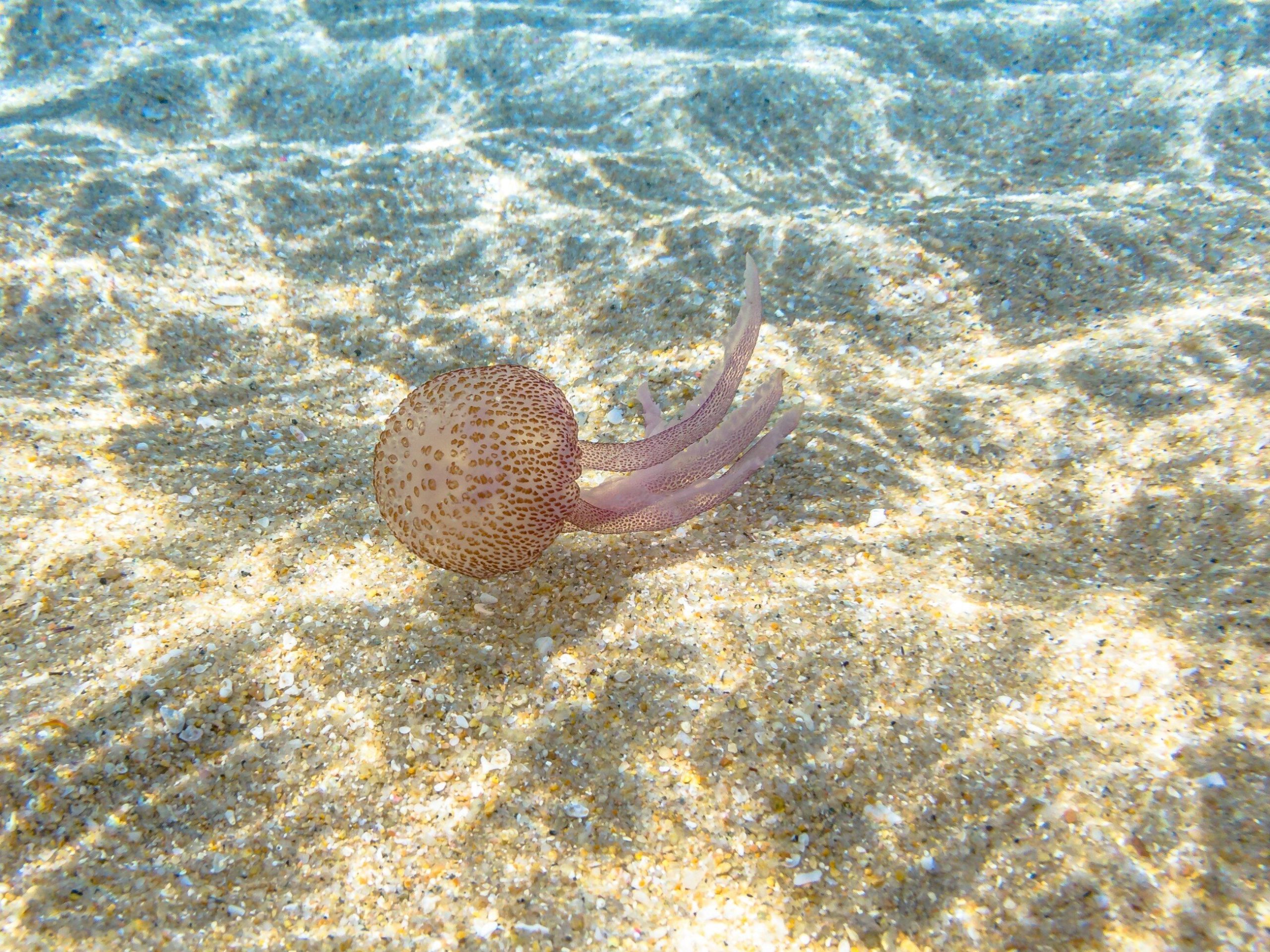Warnings for tourists in a holiday paradise in Europe. Dangerous jellyfish have appeared on the coast

A dangerous animal has appeared in Croatian waters and may pose a serious threat to tourists. We are talking about a certain species of jellyfish that causes wounds that are difficult to heal. Warnings have been issued for holidaymakers in the region.
A glowing jellyfish (Pelagia noctiluca) has appeared off the coast of Croatia. This species is currently terrorizing tourists who are staying on one of the islands in the Adriatic Sea. Specialists warn that contact with this animal may cause severe pain and the appearance of wounds that are difficult to heal.
Jellyfish off the coast of Croatia. They pose a threat to bathing tourists
A glowing jellyfish, or glowing pelagia, appeared near the island of Mljet. It is located near the southern part of continental Croatia. And tourists like it, for whom this animal is currently a big problem.
Glowing pelagia may be pink or purple in color, but yellow-gold individuals are also found. Its diameter reaches up to 7 cm. It has 8 long antennae equipped with cnidarian cells. Unfortunately, contact with them can cause really painful burns. If a person comes into contact with a jellyfish, they may experience pain and wounds that are difficult to heal. They may leave scars.
A photo of the jellyfish was shared by a reader of the portal urok.hr from the island of Iža. She sent a photo of the animal she caught in the container to find out more about it.
“There have been a lot of them on the island for two days, yesterday they burned a lot of people, including children, mainly on their hands. They are everywhere and they all make people refrain from bathing. I don’t know if anyone has contacted anyone about this, or if we should wait until the jellyfish swim away,” the woman wrote.
The species is known in Europe
Luminous pelagia is one of the longest known jellyfish found in all warmer seas. Its occurrence in Europe is not strange. It most often stays in the open sea, but sea currents often carry it along the coast. Currently, the jellyfish has been spotted in Mljet National Park. The description of the Center for Invasive Species in Poreč shows that it may indeed pose a threat to bathers on the coast.
“The name pelagia noctiluca comes from the Greek word pélagos (open sea) and from Latin nox (night) i lux (light), therefore the species pelagia noctiluca can be described as a marine organism that has the ability to glow in the dark,” we read on the center’s website.
In the 1980s, it began to appear en masse in the Adriatic Sea. The Aquanarium in Pula states that this jellyfish is common especially in the warm subtropical waters of the Gulf of Mexico and the Mediterranean Sea, up to the temperate waters of the North Sea and up to 4° latitude.
After contact with a jellyfish, get out of the water, wash the skin that was in contact with the stingers, and gently remove the remains of the stingers (using a glove or tweezers, certainly not with your bare hand). Do not scratch the reddened area or press it, as the symptoms may worsen. To alleviate the symptoms, you can use preparations that soothe skin inflammation, e.g. local and/or systemic antihistamines, preparations with aloe, dexpanthenol, etc., which can be purchased at a pharmacy without a prescription. If symptoms worsen, it is worth contacting your doctor. Especially when it comes to children.






